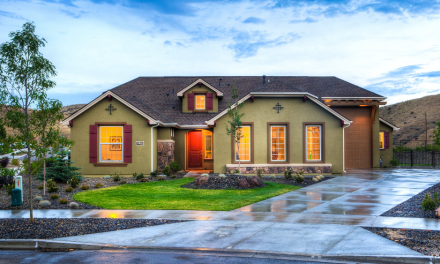Tayla Foster
One of the scariest moments in an individual’s adult life is the leap of faith they take into purchasing a property. Regardless of how big or small the land may be, the notion of buying barren land for a minimum down payment of $65,000 followed by mortgage repayments, land rates and bills is enough to make a person feel rightfully anxious! But before signing your life away on the dotted line, here are the top 5 checklist items to consider when buying any form of property.
Do know your area:
Unlike a car, the value of land appreciates over time. Buying in an area that has not completely been developed yet might seem silly at first but when the largely developing land turns into an estate well known to the public, you’ll likely be sitting on a gold mine. Newly developing areas often have fantastic deals for house and land packages due to the land developer’s consistent urgency for the land to settle. Of course, there is also the benefit of knowing what is available to you in the area in which you live, with the consideration of the perfect distance between your in-laws and yourself and of course the distance travelled to work each day.
Take your time:
Ever heard the phrase; ‘it’s a marathon, not a sprint,’ or ‘slow and steady wins the race’? Buying a property that perfectly suits you takes time and patience. Not to mention a lot of expenditure. When buying a property ensure that you take your time to read the fine print, ensure that you’re signing on exactly for what you need and above all not jumping for the first available option.
Environment:
Be sure to look out for environmental hazards and the futility of the land before settling upon it. After signing over your life savings, it is the peace of mind that the land is ready and healthy enough to be built upon that will bring assurance.
Easement:
An important figure to consider is the access to the land and who the land will be accessible to. Access can include utility companies, natural gas companies, and even easements that allow for access to neighboring properties. Any appointed easements will have a profound effect on where you can build your home, thus taking us back to the consideration of location.
Subdivisions:
Subdivisions are broken down into two categories, restricted followed by unrestricted. This category is up to personal choice and is dependent on the new homeowner. Nonetheless the following are some key facts that are detrimental to one’s understanding of the subdivisions. Unrestricted subdivisions do not contain enforcement committee that assures property values or works to maintain a certain appearance, whereas a restricted subdivision will. The divisions are often broken up into developed and pre-existing suburbs taking up the unrestricted measures, whereas the gated communities and estates will submit to a restricted subdivision.












